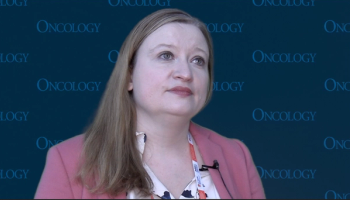
Performance status, age, and comorbidities may impact benefit seen with immunotherapy vs chemotherapy in patients with breast cancer.

Your AI-Trained Oncology Knowledge Connection!


Performance status, age, and comorbidities may impact benefit seen with immunotherapy vs chemotherapy in patients with breast cancer.

Developing odronextamab combinations following CAR T-cell therapy failure may help elicit responses in patients with diffuse large B-cell lymphoma.
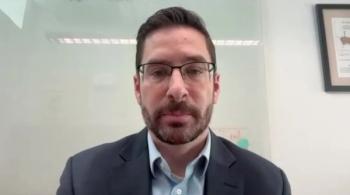
An “avalanche of funding” has propelled the kidney cancer field forward, says Jason Muhitch, PhD.

Panelists discuss how early-line chimeric antigen receptor T-cell therapy studies, including recent data from trials of cilta-cel (Popat et al) and ide-cel (Ailawadhi et al), are showing promising results in patients with relapsed/refractory multiple myeloma, suggesting potential benefits of moving these treatments into earlier therapeutic settings.

Panelists discuss how the treatment paradigm for newly diagnosed multiple myeloma (NDMM) has evolved from conventional chemotherapy to modern regimens incorporating novel agents like proteasome inhibitors, immunomodulatory drugs, and monoclonal antibodies while highlighting persistent challenges including optimizing treatment sequencing and addressing high-risk disease.
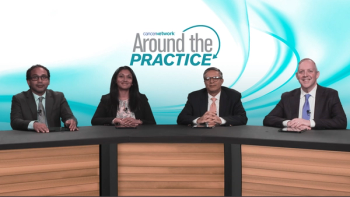
Panelists discuss the data surrounding the use of CAR-T therapy in earlier lines of treatment for relapsed/refractory multiple myeloma (R/R MM), including findings from the cilta-cel (Popat R, et al. ASH 2024 No. 1032; Mateos MV, et al. IMS 2024 No. OA-65), and Idel-cel (Ailawadhi S, et al. Blood 2024) studies, and share their thoughts on the implications of these results.
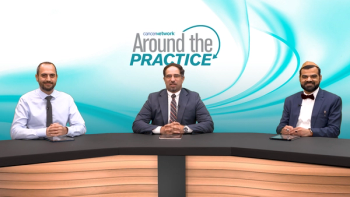
Panelists discuss how emerging data on chimeric antigen receptor T-cell therapies ciltacabtagene autoleucel and idecabtagene vicleucel for earlier treatment lines in relapsed/refractory multiple myeloma influence institutional decision-making factors for their implementation.
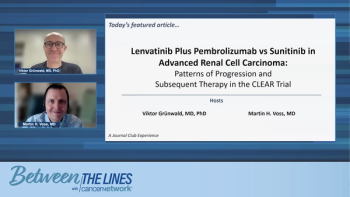
Panelists discuss how the evolving first-line treatment landscape for advanced renal cell carcinoma is shaped by novel immunotherapy combinations, including lenvatinib plus pembrolizumab, and the impact of these therapies on patient outcomes and progression patterns.

Panelists discuss how any patient receiving a bispecific antibody should be given IVIG for their hypogammaglobulinemia and patients should be treated with this monthly for the first 6 months of treatment.

Panelists discuss how to monitor and manage adverse effects, particularly chimeric antigen receptor (CAR) T cell–specific reactions, in patients receiving this therapy and how to collaborate with the CAR T-cell therapy team during the treatment phase, emphasizing the most critical aspects of patient care at this stage.
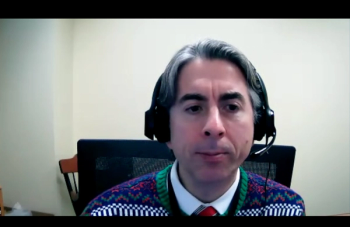
According to Jason Luke, MD, FACP, there is still room to improve response rates in CSCC treatment, but there is excitement surrounding future of treatment outcomes.

Panelists discuss how an early adverse event for this drug class no matter what the mechanism or target is, is cytokine release syndrome (CRS), and it tends to occur on a timescale that is predictable. When treating patients in the outpatient setting, they receive dexamethasone, given at the first fever, which is the first sign of cytokine release syndrome (CRS) and helps mitigate it.

Panelists discuss the key considerations in preparing patients for chimeric antigen receptor (CAR) T-cell therapy and how the treatment process differs when CAR T-cell therapy is used in earlier vs later stages of multiple myeloma.

Medical experts examine the factors that make Sarah an ideal candidate for CAR-T therapy in the second-line setting, focusing on how her age, fitness, and early relapse influence treatment decisions and exploring alternative options.

This video episode follows the journey of a 55-year-old female tech CEO with multiple myeloma, highlighting her treatments, relapse challenges, and transition to ide-cel, supported by her active lifestyle and strong support network.

Cytokine release syndrome was primarily low or intermediate in severity, with no grade 5 instances reported among those with diffuse large B-cell lymphoma.
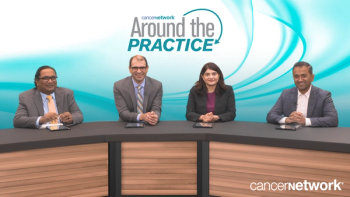
Panelists discuss how emerging therapies like bispecific antibodies, chimeric antigen receptor (CAR) T cells, and novel drug combinations are reshaping treatment options for patients with relapsed/refractory multiple myeloma (R/R MM) who have exhausted standard approaches.
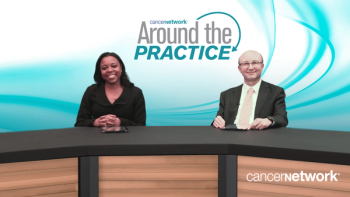
Panelists discuss how Brandi first noticed symptoms leading to her paroxysmal nocturnal hemoglobinuria (PNH) diagnosis, highlighting the challenges of the initial diagnostic process, and explore the impact of fatigue and brain fog on her daily life. They also address how clinicians assess the severity of these symptoms during consultations and what they indicate about disease progression or treatment needs.

Panelists discuss advanced renal cell carcinoma (RCC), including its epidemiology, typical disease presentation, and the common patient profile in terms of age, gender, and family history, while also addressing the risk stratification for advanced RCC, highlighting the differences between favorable and poor/intermediate risk categories.

Kidney cancer advocacy efforts have spread the urgency and importance of funding research in the field to members of Congress.

Multiple targeted therapies/sequencing possibilities are available following elacestrant’s approval for patients with breast cancer, Maxwell Lloyd, MD, said.
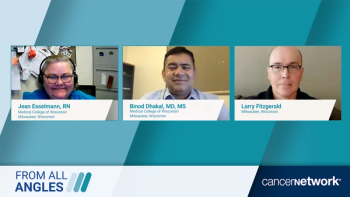
Panelists discuss how health care centers provide comprehensive long-term monitoring and support services for both patients receiving CAR T and their caregivers in the posttreatment period, including regular medical assessments and ongoing educational resources.

Advocacy efforts have yielded a dramatic increase in kidney cancer research, according to Elizabeth P. Henske, MD.

Panelists discuss how patients and medical teams navigate the complex CAR T therapy journey, from initial referral through cell collection, manufacturing, and infusion, while highlighting crucial monitoring strategies for managing adverse effects such as cytokine release syndrome and neurotoxicity.

Safety results from a phase 2 trial show that most toxicities with durvalumab treatment were manageable and low or intermediate in severity.

Since elacestrant’s emergence in the real-world setting, it has demonstrated superior efficacy outcomes compared with what the EMERALD study found.
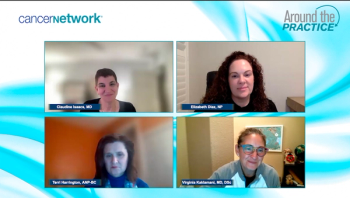
Panelists discuss how the October 2024 FDA approval of inavolisib in combination with palbociclib and fulvestrant for HR positive (HR+)/ HER2 negative (HER2-) metastatic breast cancer with a PIK3CA mutation marks a pivotal advancement in precision medicine, highlighting how agents like such as inavolisib, capivasertib, elacestrant, and alpelisib have transformed treatment approaches and expanded therapeutic options for patients.

Panelists discuss how emerging targeted therapies, including novel PI3K inhibitors and combination treatments, are advancing precision pathways in HR positive (HR+)/HER2 negative (HER2-) breast cancer, offering new hope for personalized treatment and improved patient outcomes.
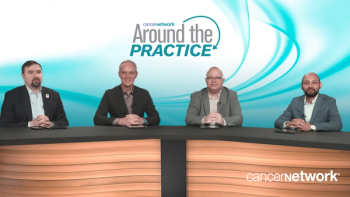
Panelists discuss recent clinical trial findings, including the PERSEUS, CASSIOPEIA, IsKia, and GMMG-HD7 studies, and how these evolving treatment strategies are shaping the approach to frontline therapy for patients with transplant-eligible multiple myeloma.

Objective response data from the CK-301-101 trial supports cosibelimab’s approval by the FDA, according to Jason J. Luke, MD, FACP.